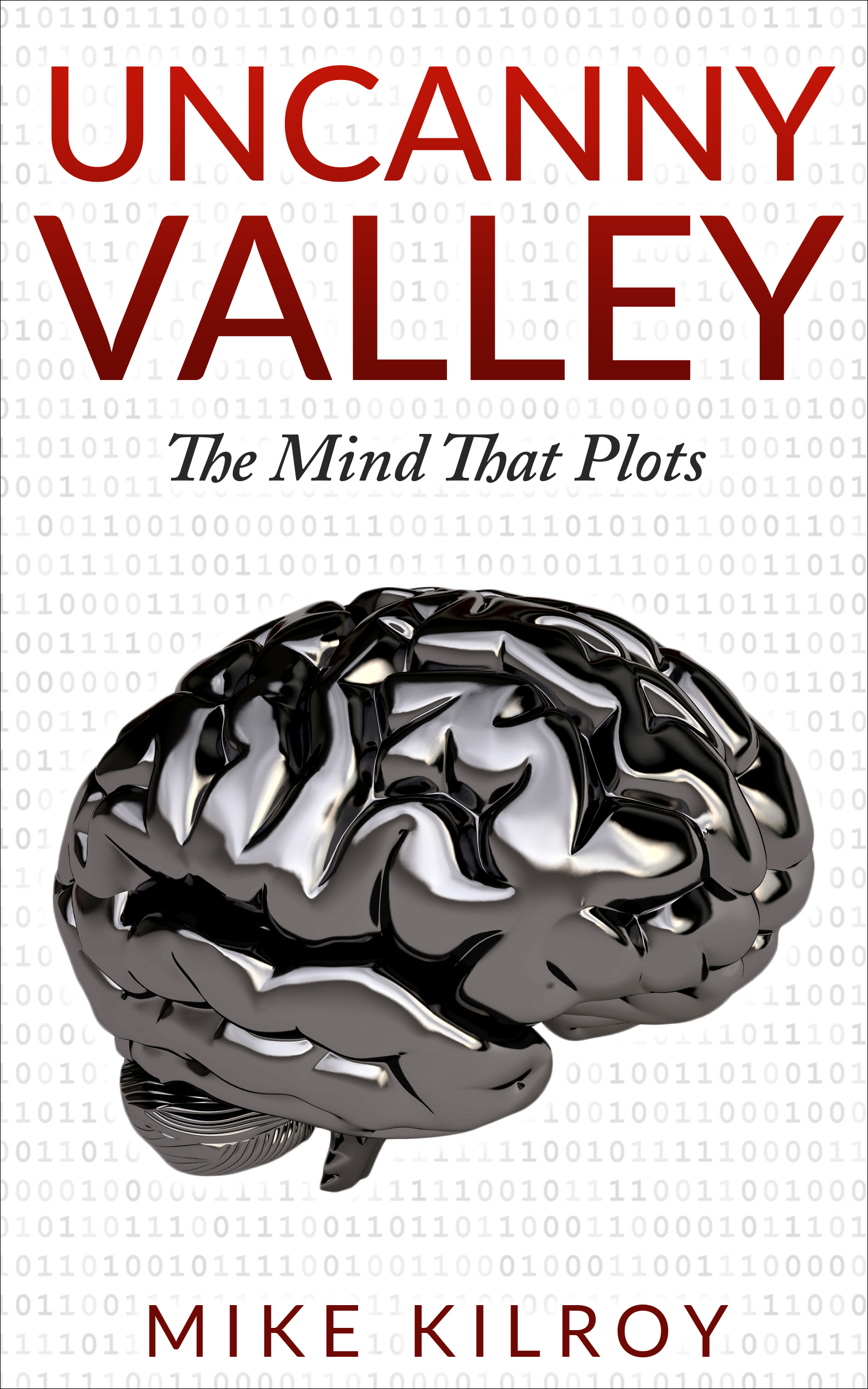

I spent much of that year working on the first half of the book, which covers 2012 to early 2014.

In 2017, the idea took on a new urgency for me. I had a lot of fun writing it, and knew I would want to do more, but I put it on the backburner for a while, feeling that the material would benefit from distance. I first started writing about my time working for startups in late 2015, for n+1, almost by mistake: the piece was meant to be a review of a book called Lean Out, but morphed into a series of snapshots and anecdotes from my previous startup job, from which I was still recovering (emotionally). This isn’t a universal story, but I think much of what I experienced was incredibly common, from the desire to find meaning in work to the managerial style of twenty-something executives endowed with millions of dollars in venture funding. Of course, this is all told through my perspective, with its inherent blind spots and tendencies, or tics, but my hope is that the personal story illuminates a more important, structural narrative. My hope was to write a book that was a memoir of a time and place-Silicon Valley, circa the 2010s. I was hoping, very much, to write a somewhat nontraditional memoir. How long did it take for you to be able to start writing about the experience?

I imagine it took some time and distance to be able to process everything. She spoke with GARAGE about hustle culture, social media, and which Drake song she keeps coming back to. The end result is nothing short of crucial, a memoir that has crystalized the essential ingredients of what made the digital economy what it is. The resulting memoir, Uncanny Valley, out January 14, chronicles the rise of Silicon Valley as much as it subjects the readers to an insider look at all the catastrophic effects of the business model, and “culture,” it has created.


 0 kommentar(er)
0 kommentar(er)
